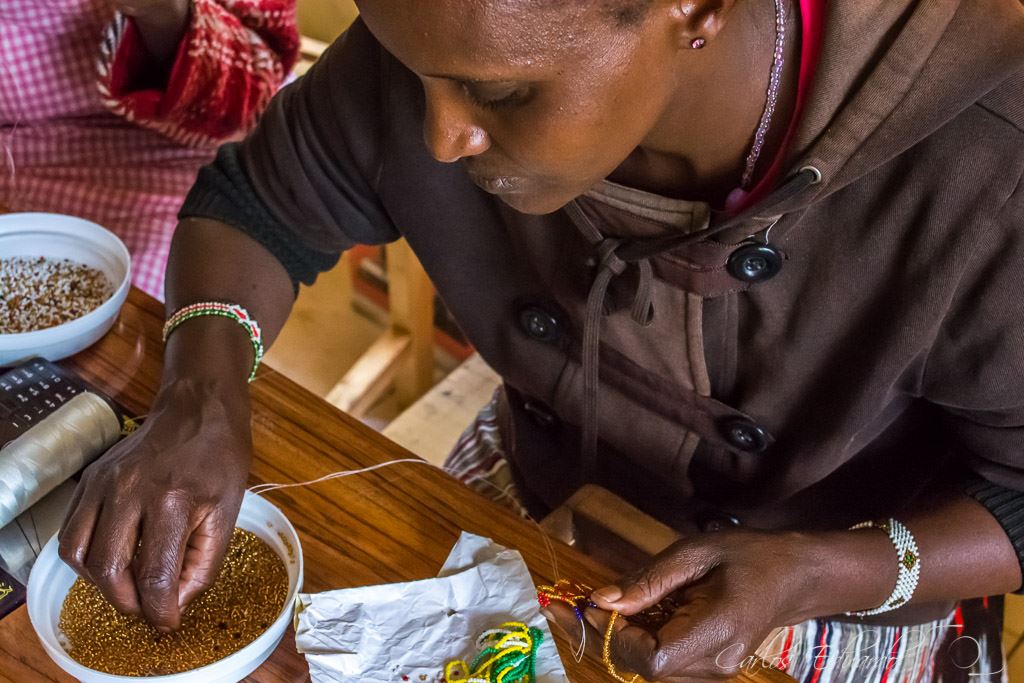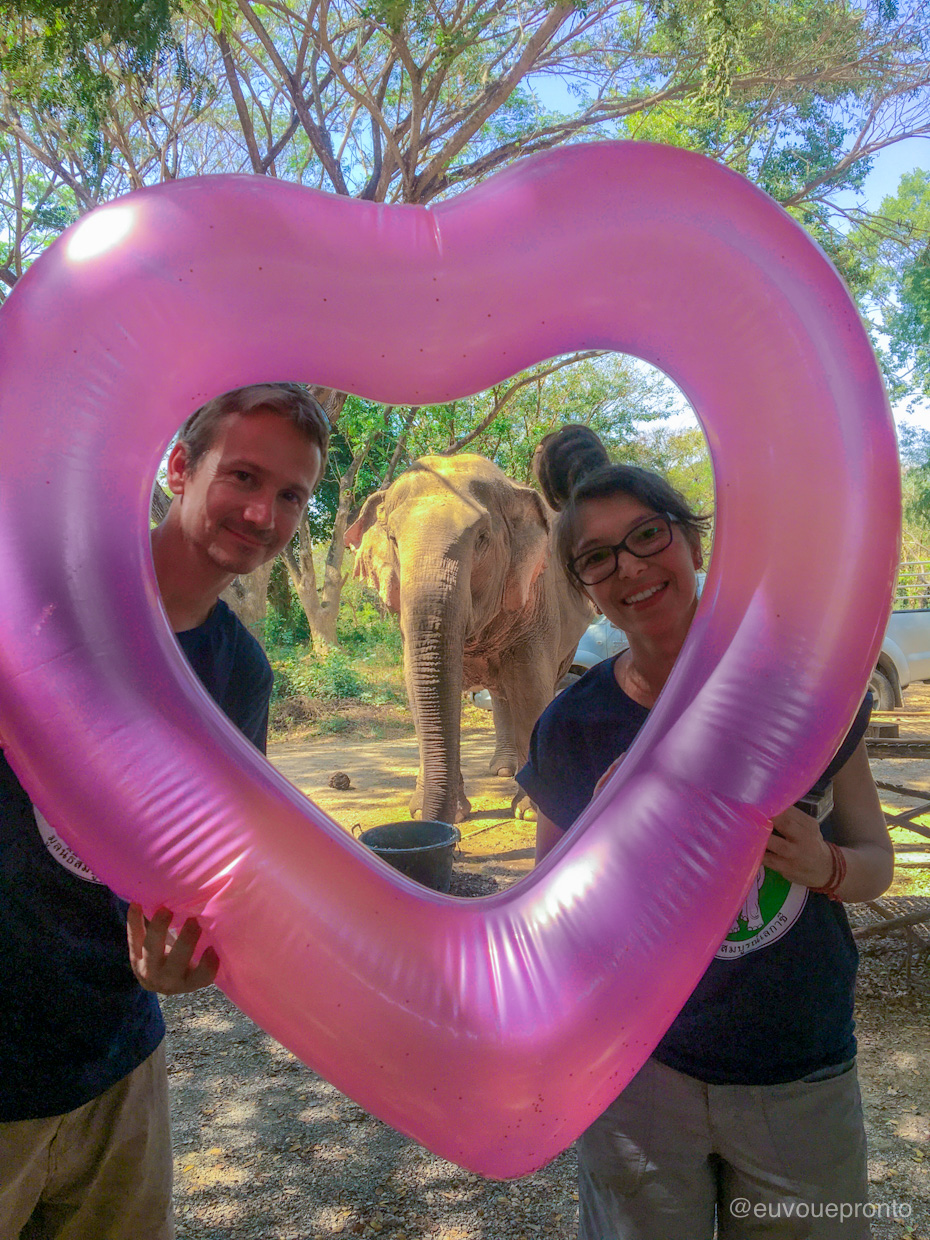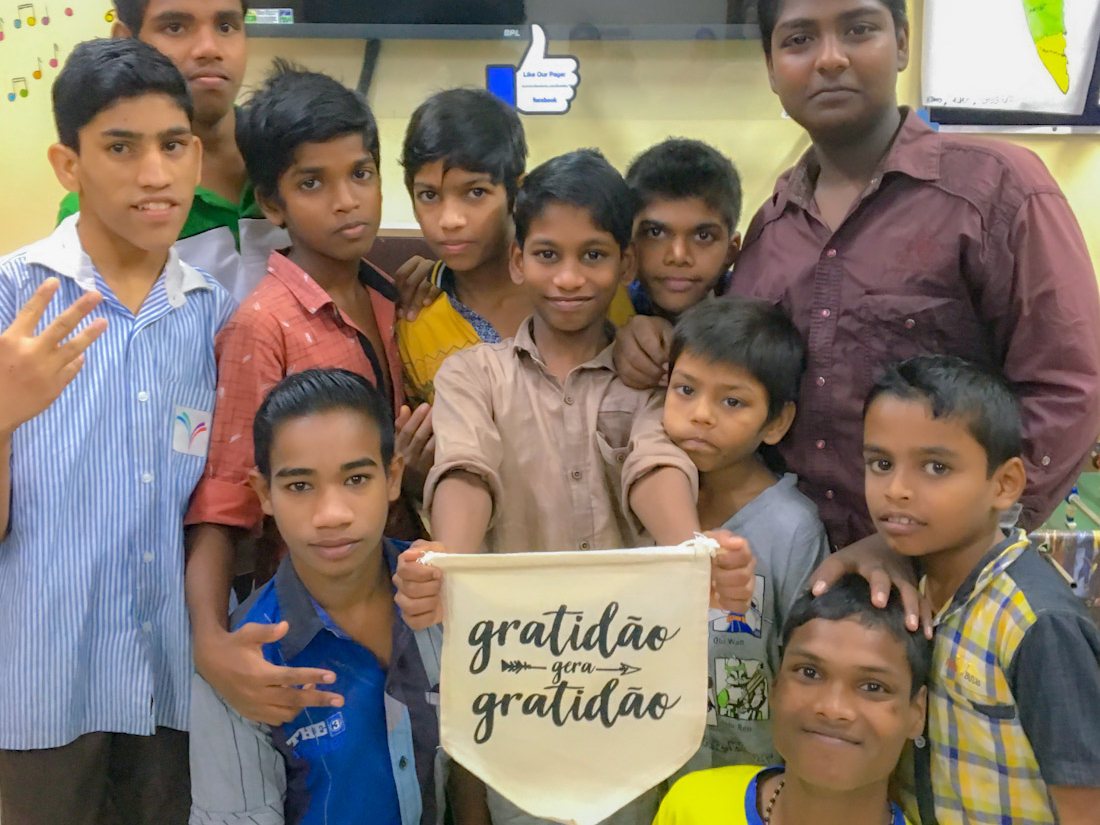English text below.
Quinto Projeto – Ajuda Social

 Este projeto foi em Nakuru, cidade próxima a Nairobi, capital do Kenya. Ajudamos a organização chamada Springs of Hope Foudation que tem como objetivo ensinar atividades rentáveis à mães solo para que elas possam de forma independente garantir a alimentação e bem estar das suas crianças.
Este projeto foi em Nakuru, cidade próxima a Nairobi, capital do Kenya. Ajudamos a organização chamada Springs of Hope Foudation que tem como objetivo ensinar atividades rentáveis à mães solo para que elas possam de forma independente garantir a alimentação e bem estar das suas crianças.
O projeto tinha sua sede em uma casa alugada onde nove mulheres e treze crianças dividem o mesmo teto. A coordenação era de uma família queniana mas a verba e a idealização do mesmo foi de uma australiana. A princípio este projeto tinha verba para se manter por um ano. Após este período as mulheres deveriam retornar com seus filhos para as suas comunidades e se manterem sozinhas. Nossa ajuda consistiu em cuidar das crianças (levar e buscar da escola, ensinar, brincar) e realizar as tarefas da casa (cozinhar, lavar, limpar) para que estas mulheres pudessem se dedicação integral ao aprendizado.  Elas aprendiam corte costura, confecção de bijuterias e artesanatos além de práticas domésticas uma vez que estas mulheres vivem em aldeias onde a realidade é outra. A idade das crianças variava de 3 semanas até 13 anos. Somente duas crianças falavam inglês, assim como somente 2 mães e a professora que também mora na casa. O restante falava Kiswahili como língua comum, pois elas vêm de povoados, Kalejin e Samburu, cada um com a sua língua. Este foi o primeiro projeto que ficamos imersos, ajudando e morando no mesmo local, por isso este período foi bem intenso. Lá conseguimos aprender e entender um pouco mais da cultura raiz africana.
Elas aprendiam corte costura, confecção de bijuterias e artesanatos além de práticas domésticas uma vez que estas mulheres vivem em aldeias onde a realidade é outra. A idade das crianças variava de 3 semanas até 13 anos. Somente duas crianças falavam inglês, assim como somente 2 mães e a professora que também mora na casa. O restante falava Kiswahili como língua comum, pois elas vêm de povoados, Kalejin e Samburu, cada um com a sua língua. Este foi o primeiro projeto que ficamos imersos, ajudando e morando no mesmo local, por isso este período foi bem intenso. Lá conseguimos aprender e entender um pouco mais da cultura raiz africana.
Fifth Project – Social Aid
This project was in Nakuru, city near to Nairobi, capital of Kenya. We support the organization called Springs of Hope Foudation which aims was to teach profitable activities to single mothers so that they can independently ensure the nutrition and well-being of their children. The project was based in a rented house where nine women and thirteen children share the same roof. The coordination was of a Kenyan family but the idealization of the same was of an Australian. At first, this project had money to keep for a year. After this period, women should return with their children to their communities and remain alone. Our help consisted of taking care of the children (take and fetch from school, teach, play) and perform household chores (cooking, washing, cleaning) so that these women could dedicate themselves fully to learning. They learned to cut sewing, making trinkets and handicrafts as well as domestic practices since these women live in villages where the reality is different. The age of the children ranged from 3 weeks to 13 years. Only two children spoke English able to communicate, as well as only two mothers and the teacher who also lives in the house. The rest spoke Kiswahili as a common language, for they came from villages, Kalejin and Samburu, each with their own language. This was the first project that we stayed immersed, helping and living in the same place, so this period was very intense. There we can learn and understand a little more of the African root culture.





